Cyber Monday 2025 eCommerce Shatters Records
Reading Time: 3 minutesSummary Cyber Monday 2025 has officially become the largest online shopping day…
Product pricing is one of the most crucial aspects of selling products on Amazon. As a merchant, it’s essential to determine the right price for your product, balancing profitability with competitiveness in the marketplace. In this article, we’ll discuss some pricing strategies and best practices for Amazon sellers to help them maximize their profits.
Merchants can employ multiple strategies based on their business requirements when pricing products. However, you can adopt four pricing strategies when pricing and selling products on Amazon. Here are those strategies:-
Having gone through the various Pricing strategies you can use to sell your product on Amazon, it’s also important to know a few best practices when pricing your product. Here are a few of those best practices:-
However, it’s essential to balance profitability with competitiveness. Ensure that promotions and discounts don’t compromise profit margins. Also, as a seller, you should optimize your product listings, monitor sales metrics, and comply with Amazon’s policies to ensure a successful selling experience.
One of the most important aspects of pricing strategy is keyword research. Proper keyword research can help you optimize your product listings and ensure your products are visible to potential customers. Here are some high-ranking keywords that you can use to optimize your product listings:
In conclusion, pricing strategies, best practices, and proper keyword research are crucial for sellers to succeed on Amazon. It’s essential to balance profitability with competitiveness, stay compliant with Amazon’s policies, and encourage positive customer reviews to ensure a successful selling experience. By following these best practices and utilizing high-ranking keywords, Amazon sellers can maximize their profits and achieve long-term success on the platform.
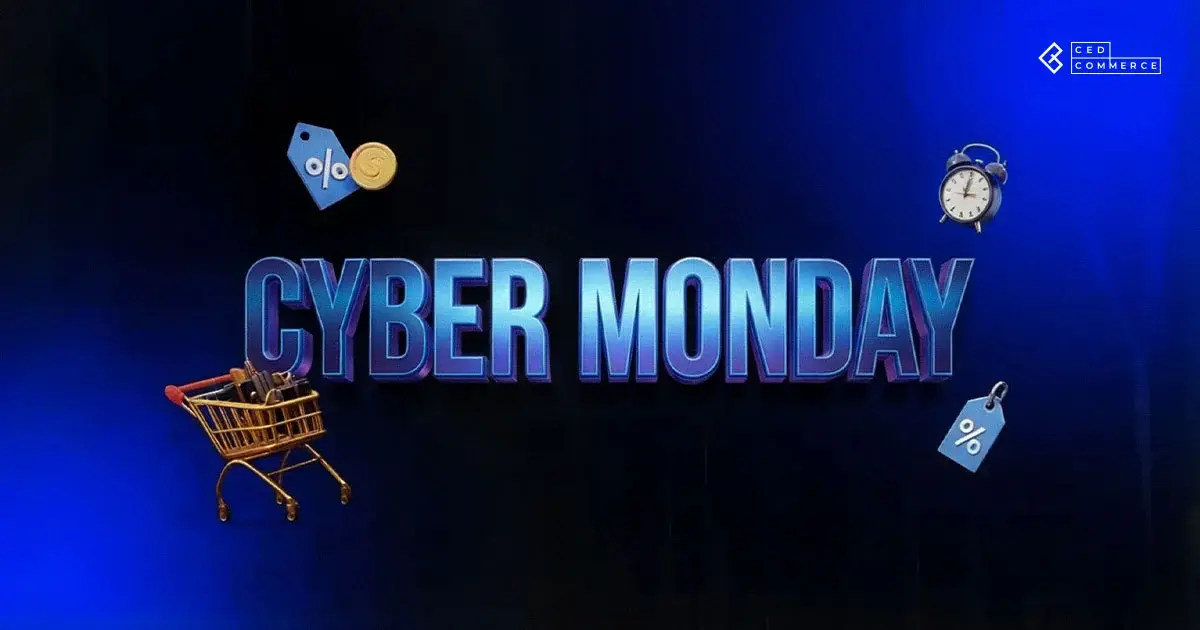
Reading Time: 3 minutesSummary Cyber Monday 2025 has officially become the largest online shopping day…

Reading Time: 2 minutesSummary Amazon kicked off December with two major developments shaping the future…

Reading Time: 2 minutesSummary Walmart has entered December with two major moves that signal a…
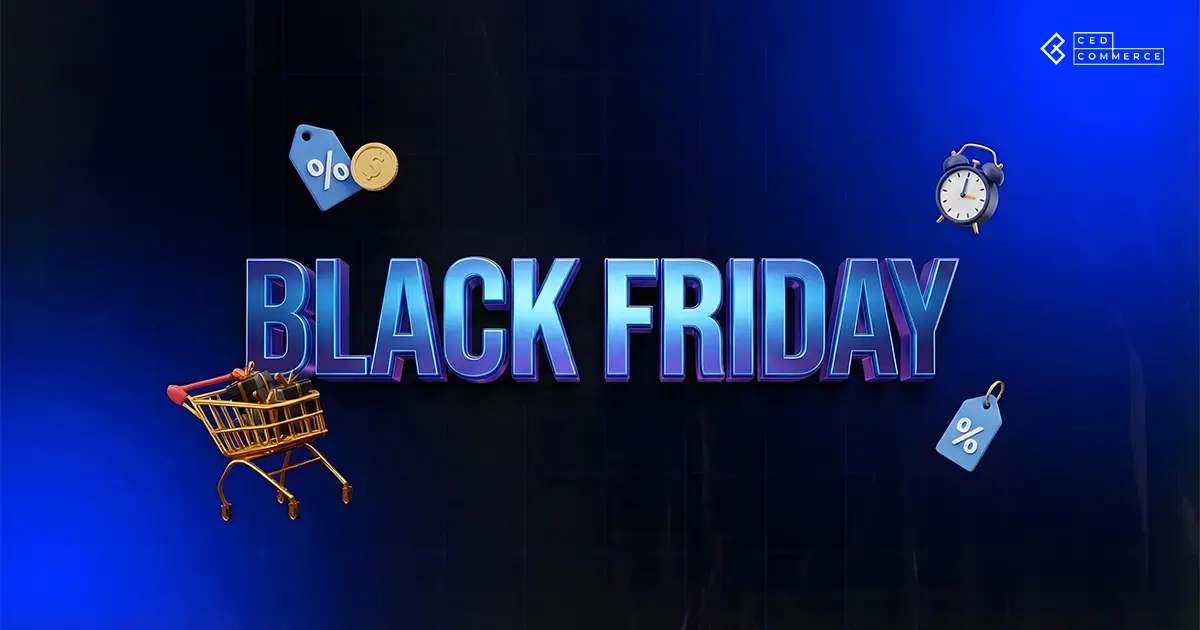
Reading Time: 2 minutesBlack Friday 2025 delivered the strongest U.S. eCommerce performance in history, as…
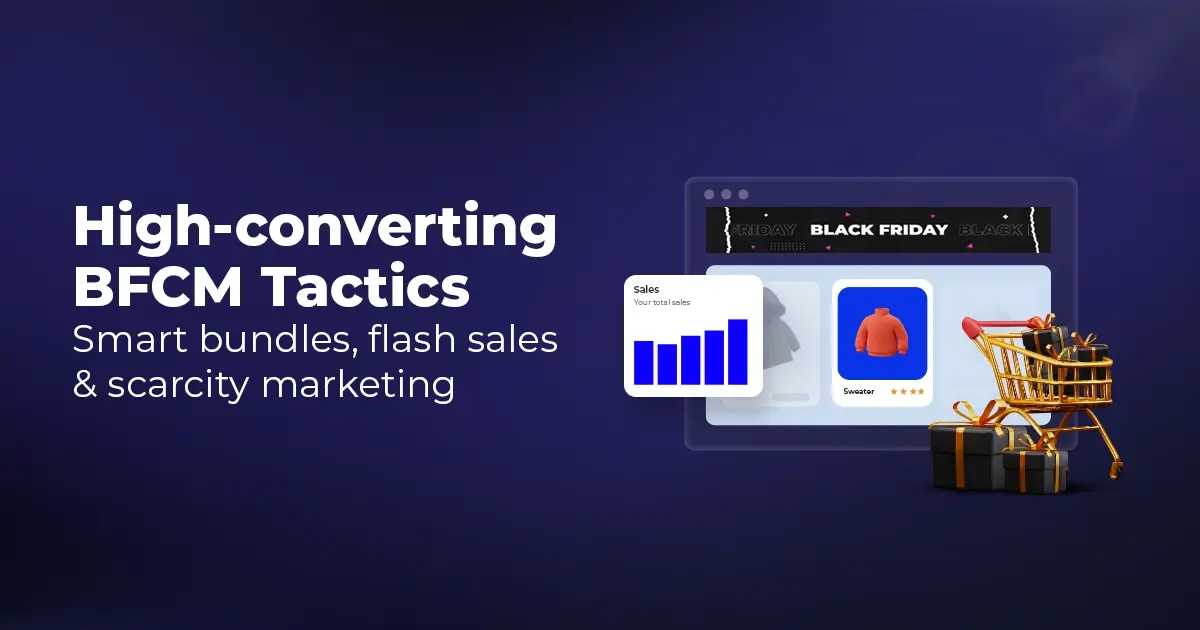
Reading Time: 13 minutesStill approaching BFCM with generic discounts, last-minute price cuts, or scattered promotions?…

Reading Time: 3 minutesTikTok Shop reached a major milestone during its largest U.S. “Global Black…

Reading Time: 3 minutesOpenAI has announced a new AI-powered shopping research tool designed to help…
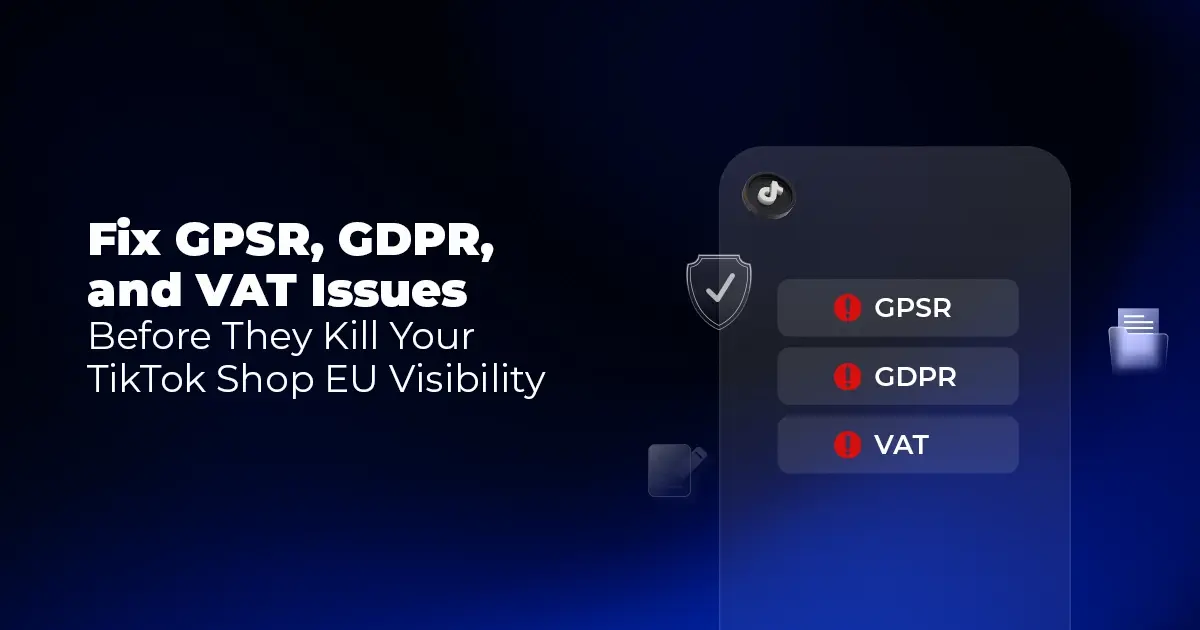
Reading Time: 9 minutesIf your TikTok Shop listings often sit in review or your visibility…

Reading Time: 3 minutesAmazon has rolled out a new “Seller Challenge” feature for eligible Account…

Reading Time: 3 minutesWalmart Marketplace has sharpened its requirements around product classification (category, type group,…

Reading Time: 3 minutesJust ahead of Black Friday, Amazon is enforcing tighter controls on its…

Reading Time: 11 minutesWhere holiday prep of past years focused on legacy channels like Amazon,…
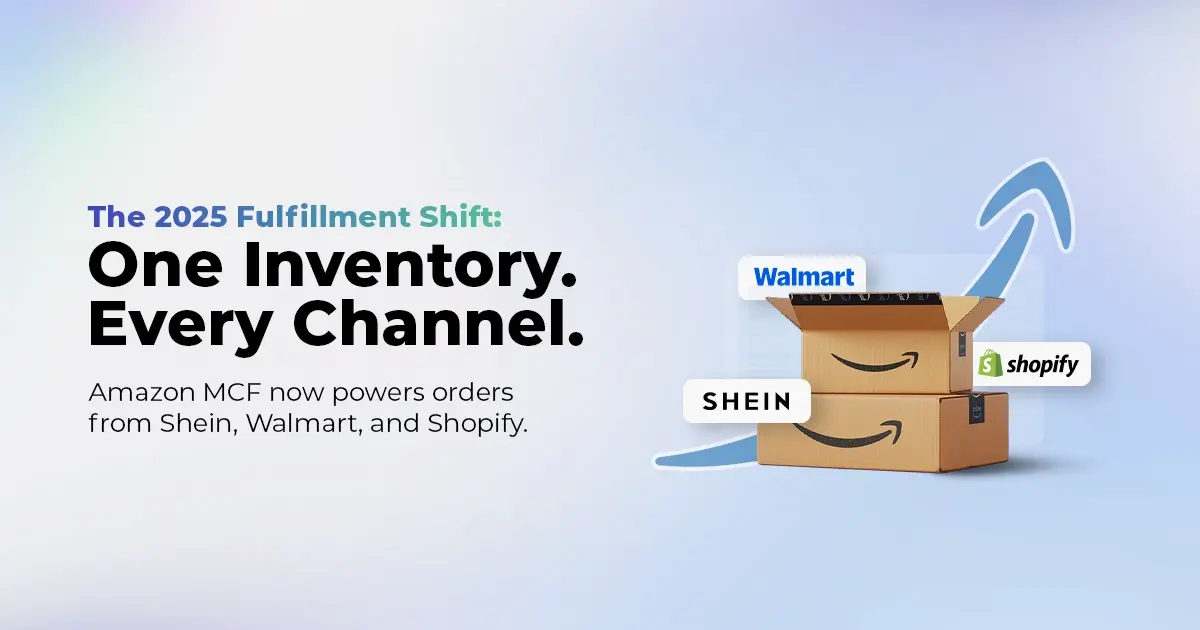
Reading Time: 11 minutesThe eCommerce shift you actually need to act on Multi-channel fulfillment has…
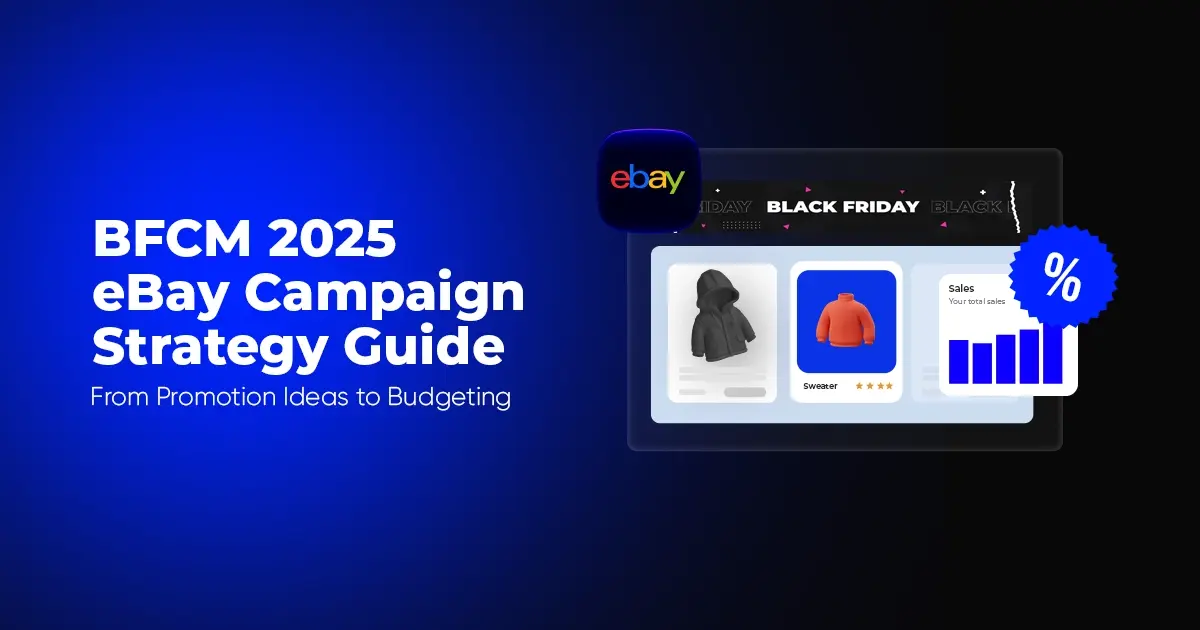
Reading Time: 10 minutesBlack Friday Cyber Monday (BFCM) isn’t a weekend anymore; it’s a two-month…

Reading Time: 2 minuteseBay is quietly testing a new feature that could reshape how buyers…

Reading Time: 2 minutesAmazon is stepping into a new era of value commerce with the…
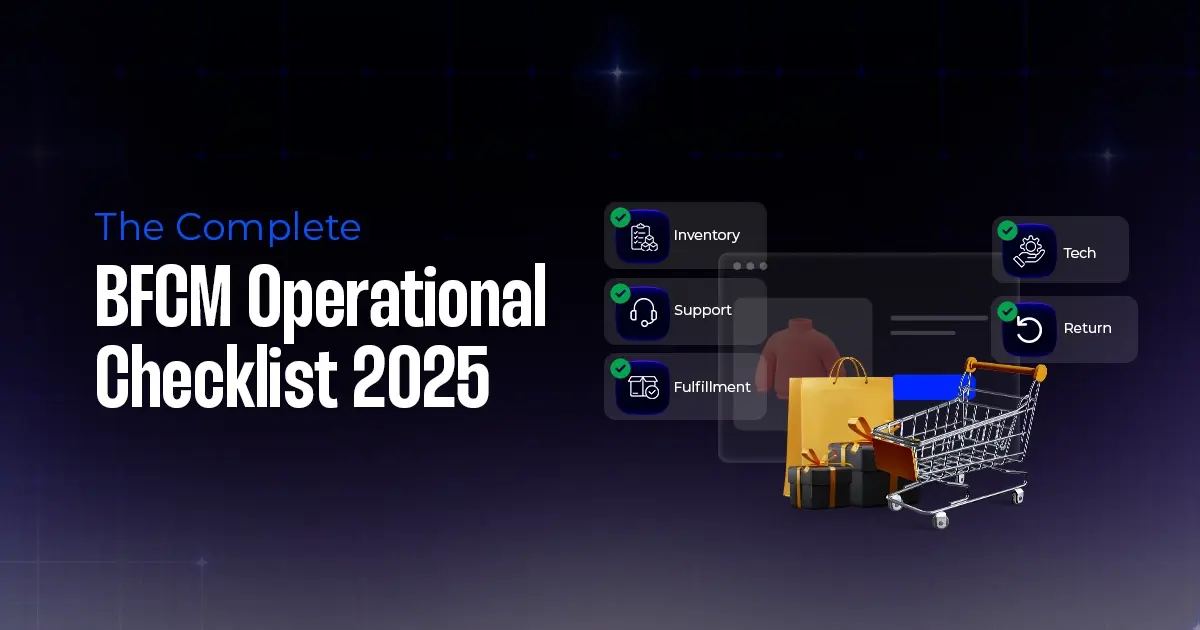
Reading Time: 11 minutesThe $240 Billion BFCM Opportunity & Why Operations Matter Every seller, business,…
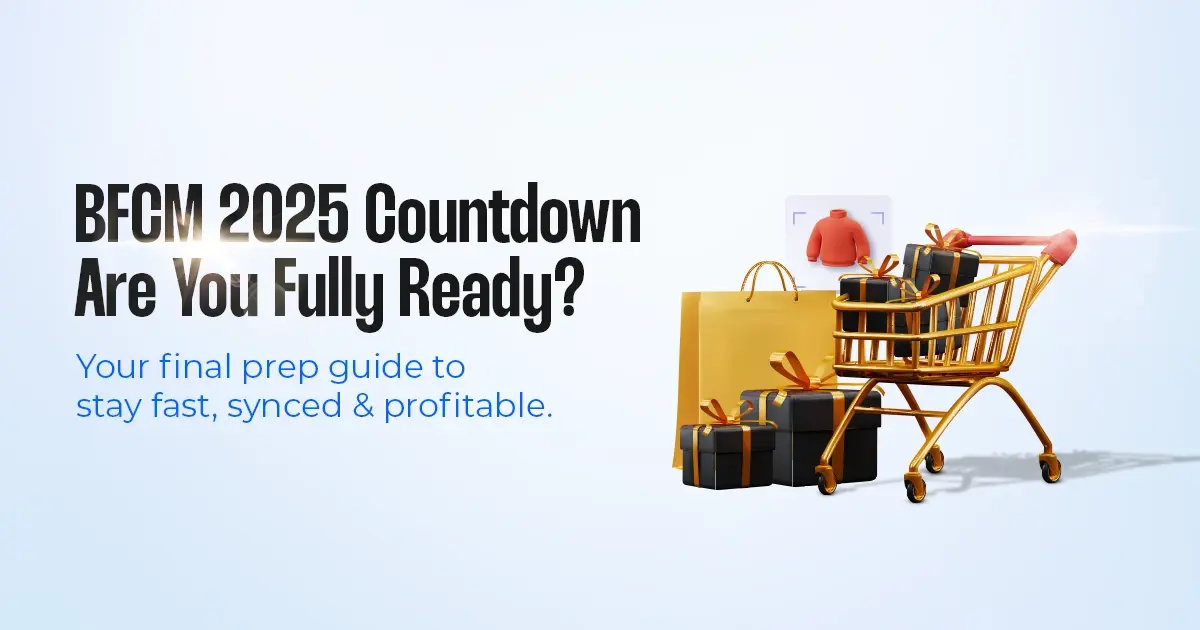
Reading Time: 7 minutesTL;DR — Your 60-Second BFCM Battle Plan Time remaining: 3 weeks until…

Reading Time: 2 minutesChina’s Double 11 shopping festival — the world’s largest annual online retail…

Reading Time: 2 minutesAs the holiday season approaches, TikTok Shop has released its September 2025…